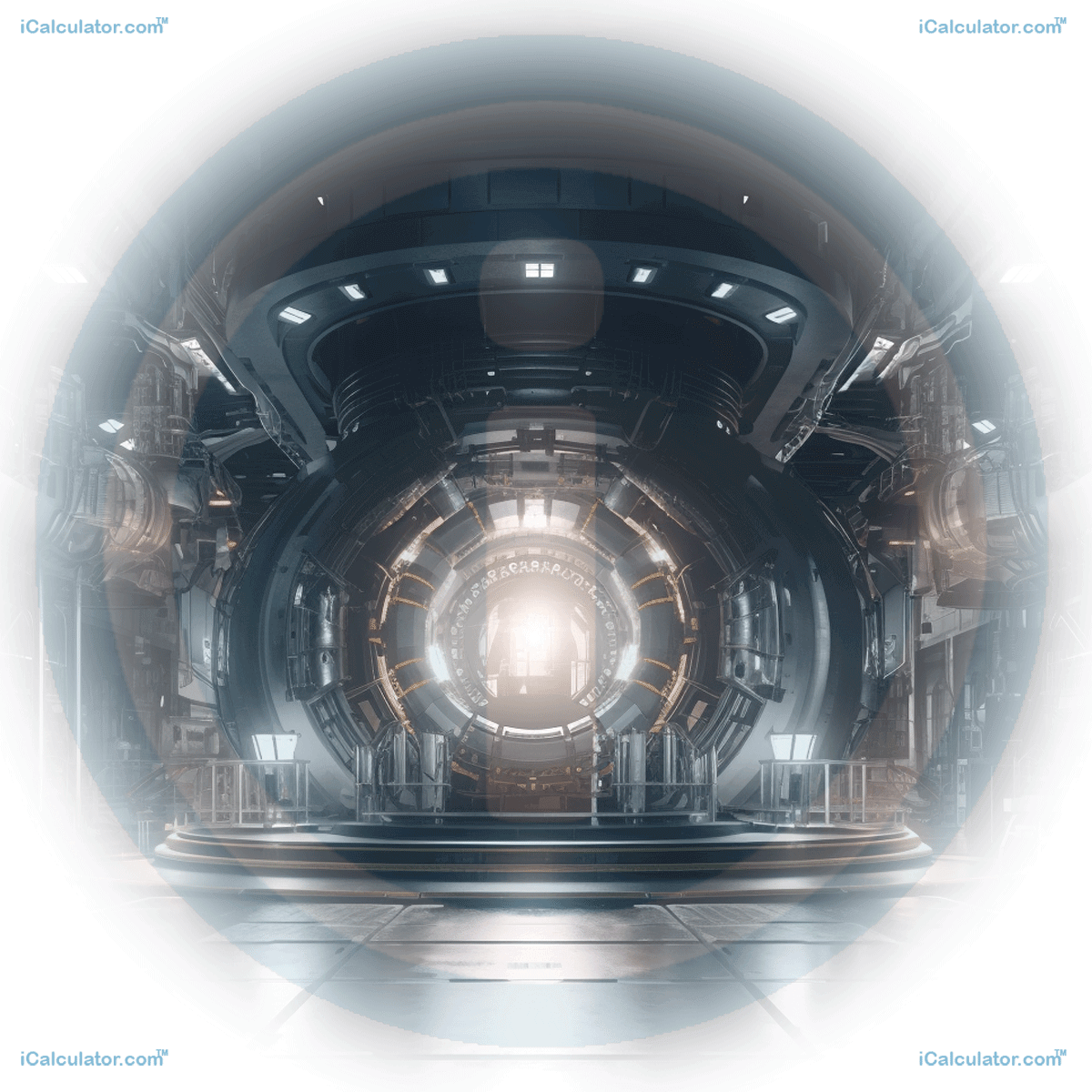Menu
Speaker Combination Decibel Calculator
Please provide a rating, it takes seconds and helps us to keep this resource free for all to use

This tutorial aims to provide an understanding of speaker combination decibels in the field of audio engineering. Speaker combination decibels refer to the calculation and combination of decibel levels from multiple sound sources. This tutorial explains the concept of decibel levels, the calculations and formulas associated with combining decibel levels, real-life applications in the audio industry, key individuals in the discipline, and interesting facts about this topic and its significance in the field of engineering.
| Combined Decibel Level = |
Example Formula
The formula for combining decibel levels is as follows:
Where:
- Decibel Level 1, Decibel Level 2: The decibel levels of the individual sound sources that are being combined.
Who wrote/refined the formula
The formula for combining decibel levels has been established and refined by audio engineers and researchers in the field of audio engineering. While no specific individual is attributed to this formula, it represents the collective knowledge and expertise in the field of audio engineering and sound reproduction.
Real-Life Application in Industry
Combining decibel levels is a common practice in the audio industry, especially when working with multiple sound sources such as speakers in a speaker system or audio signals in a mixing console. Audio engineers use these calculations to determine the overall decibel level and ensure balanced sound reproduction. This knowledge is applied in various industries such as music production, live sound reinforcement, broadcasting, and home theater systems.
Key Individuals in the Discipline
Several individuals have made significant contributions to the field of audio engineering and sound reproduction. Notable figures include Ray Dolby, known for his advancements in noise reduction and audio signal processing, and Thomas Edison, credited with inventing the phonograph and pioneering sound recording technologies. These individuals have revolutionized the field of audio engineering through their innovative inventions, research, and contributions to audio technology. Their achievements have shaped the discipline of audio engineering and transformed the way we experience sound.
Interesting Facts
- The decibel scale is logarithmic, which means that a small change in decibel level represents a significant difference in sound intensity.
- Combining decibel levels is essential for achieving proper sound balance and avoiding issues such as sound distortion or excessive noise.
- The concept of decibels and their applications extend beyond audio engineering and are widely used in various fields, including acoustics, telecommunications, and electronics.
Conclusion
Speaker combination decibels play a crucial role in the field of audio engineering and sound reproduction. By calculating and combining decibel levels, audio engineers can ensure balanced and optimized sound reproduction in various applications. Understanding the concept of decibel levels and their calculations is essential for achieving high-quality sound and enhancing the listening experience. This tutorial provides a foundation for comprehending speaker combination decibels and their relevance in the field of audio engineering.
Engineering Calculators
You may also find the following Engineering calculators useful.
- Turning Surface Roughness Calculator
- Concrete Yardage Calculator
- Compression Spring Calculator
- Elevation Point Of Vertical Curve On Road Calculator
- Rise Run And Slope Calculator
- Peukert Number Battery Life Calculator
- Vertical Curve Length Using Passing Sight Distance Calculator
- Single Phase Transformer Calculator
- Concrete Slab Maximum Length Calculator
- Metal Bar Weight Calculator
- Led Energy Savings Calculator
- Tv Screen Size Calulator
- Divx Bitrate Calculator
- Rectangle Stepping Stone Calculator
- Torque Calculator
- Cantilever Beam Load Any Point Calculator
- Nautical Depth Calculator
- Water Pumping Cost Calulator
- Go Kart Speed Calculator
- Ah To Kwh Conversion Calculator